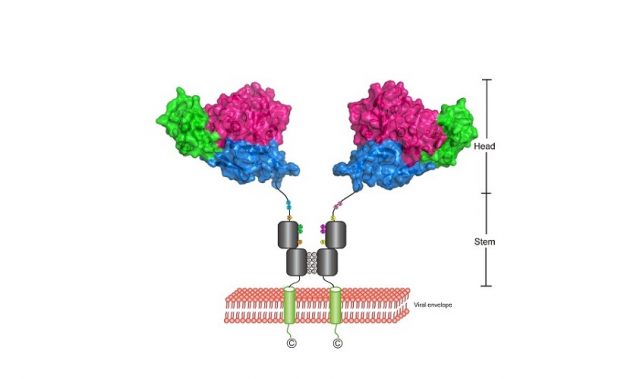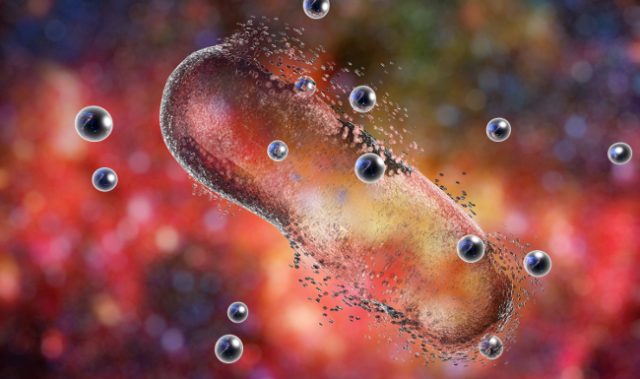
AsianScientist (May 6, 2013) – On March 30, 2013, a novel avian influenza A virus that infects human beings was identified in China. To date, a total of 128 people have been infected with the H7N9 avian influenza virus, corresponding to 26 deaths.
To identify the potential origins of the virus and possible routes of reassortment events, researchers in China analyzed the genetic sequences of H7N9 isolates from patients and compared them with sequences isolated from wild and domestic birds.
The researchers, based at the Chinese Academy of Sciences and the Chinese Center for Disease Control and Prevention, in Beijing, China, report in The Lancet that the novel virus originated from multiple reassortment events.
According to the report, the hemagglutinin gene (‘H’ in H7N9) may have originated from avian influenza viruses of duck origin, while the neuraminidase gene (‘N’ in H7N9) may have transferred from migratory birds infected with avian influenza viruses along the east Asian flyway.
The six internal genes of this virus probably originated from two different groups of H9N2 avian influenza viruses, which were isolated from chickens. Detailed analyses also showed that ducks and chickens probably acted as the intermediate hosts leading to human infections with the virus.
Hence, the novel H7N9 virus might have evolved from at least four origins, and diversity among the recent human and bird samples implies that the H7N9 virus has evolved into at least two different lineages since then.
Because of the lack of surveillance data, the authors say that it is not clear how many intermediate hosts may be involved. Disease control agencies need to increase their surveillance of domestic poultry to monitor the spread of the H7N9 virus, they urge.
“Unknown intermediate hosts involved might be implicated, extensive global surveillance is needed, and domestic-poultry-to-person transmission should be closely watched in the future,” the authors write.
The article can be found at: Liu D et al. (2013) Origin and diversity of novel avian influenza A H7N9 viruses causing human infection: phylogenetic, structural, and coalescent analyses.
——
Copyright: Asian Scientist Magazine; Photo: Sanofi Pasteur/Flickr/CC.
Disclaimer: This article does not necessarily reflect the views of AsianScientist or its staff.
#Beijing Institutes of Life Science #Chickens #China #China Health and Family Planning Commission #China Ministry of Science and Technology Project 973 #Chinese Academy of Sciences #Chinese Center for Disease Control and Prevention #Ducks #H7N9 Virus #National Natural Science Foundation of China #Shanghai Institutes for Biological Sciences #Taishan Medical College #Viruses












